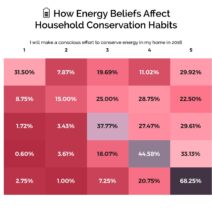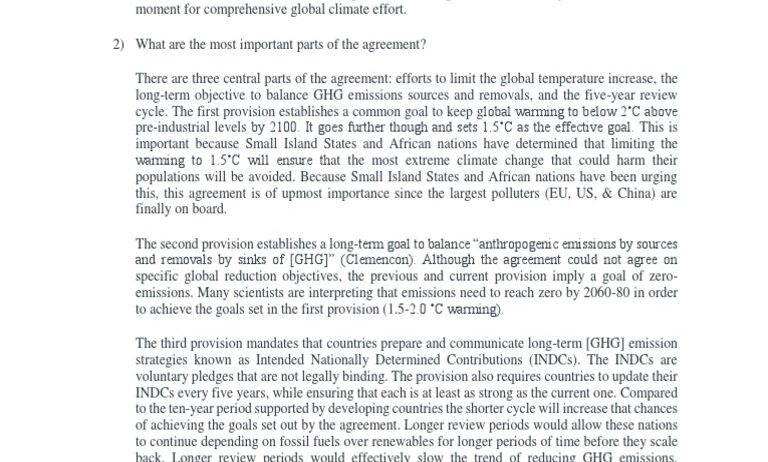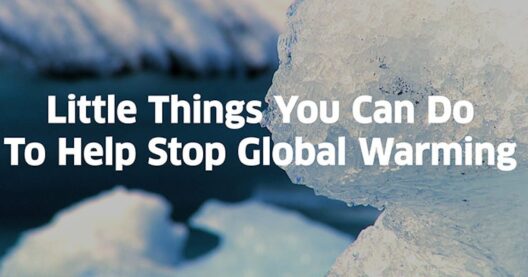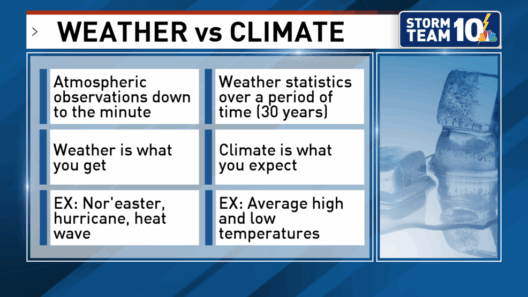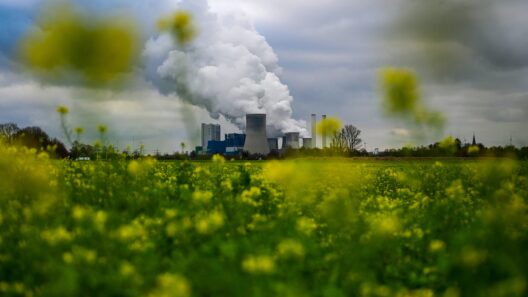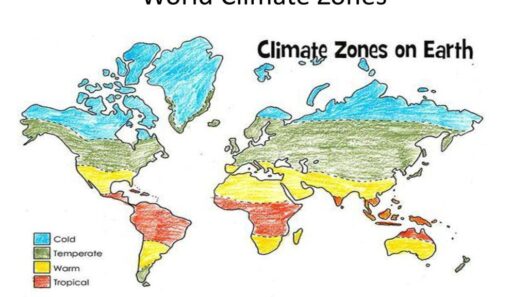Climate change is often described as the defining challenge of our time. But what if there were a global pact that sought to unite countries in combating this issue? Enter the Paris Climate Agreement, a landmark accord that aims to address the pressing realities of climate change through international collaboration. But what exactly does this mean in simple terms? And how effective can it really be? Let’s delve deeper.
What is the Paris Climate Agreement?
Officially adopted in 2015 during the COP21 conference in Paris, the Paris Climate Agreement represents an unprecedented commitment by nearly every country in the world to lower greenhouse gas emissions, limit global warming, and mitigate the adverse effects of climate change. The agreement aims to keep the increase in global average temperature to well below 2 degrees Celsius above pre-industrial levels while pursuing efforts to limit the temperature increase to 1.5 degrees Celsius. Why this range, you might ask? Because even a modest rise in temperature can have catastrophic consequences for our planet and its inhabitants.
The foundation of this accord lies in a consensus that climate change is a shared challenge, transcending borders and necessitating cooperations at multiple levels. Countries recognize that their individual actions affect not just their local environments but also the global climate system. Thus, the agreement encourages nations to undertake ambitious measures tailored to their unique circumstances, national priorities, and capabilities, fostering a spirit of collaboration rather than competition.
Setting the Stage: The Pledges and Commitments
At the heart of the Paris Agreement are the nationally determined contributions (NDCs). Each country is tasked with submitting its own NDC, a plan that outlines its intended climate actions and targets for reducing emissions. These pledges vary significantly in scope, ambition, and implementation strategies. Think of each NDC as a personal commitment, tailored to the abilities and circumstances of the respective nations. However, this dependence on voluntary commitments raises a compelling question: do countries hold themselves accountable for their pledges, or do they risk pledging without the intention to fulfill?
The updates on these NDCs are crucial. Countries are expected to enhance their commitments over time—perhaps a bit like aiming to improve your personal best in a race. Each five-year cycle encourages nations to set more aggressive targets, ensuring progress toward the overarching goal of meaningful emissions reduction. Yet, the method and motivation behind these renewals depend significantly on public sentiment and political will. If a nation’s citizens prioritize climate action, it becomes more likely that their leaders will reflect this in revised commitments.
Global Cooperation: The Role of Developed vs. Developing Nations
When discussing the Paris Agreement, it is essential to acknowledge the disparity in responsibility and capability between developed and developing nations. Historically, industrialized countries have been the primary culprits of greenhouse gas emissions. Therefore, the Paris Agreement highlights the principle of “common but differentiated responsibilities.” In essence, this means that while every nation has a duty to combat climate change, wealthier nations bear a larger share of the burden due to their historical contrition and greater resources.
This principle manifests through financial and technical support from developed nations to assist developing countries as they transition to cleaner energy sources and adapt to the impacts of climate change. The Green Climate Fund, for instance, aims to mobilize financial support to help developing countries implement their climate plans. However, will these pledges be fulfilled by wealthier countries? The nexus between financial promises and on-the-ground reality presents an ongoing challenge and raises questions about equity and justice in global climate action.
Challenges, Progress, and the Future
While the Paris Climate Agreement has fostered unprecedented global awareness and dialogue on climate change, it’s not without its challenges. The balancing act between economic growth and environmental sustainability is a tightrope that many countries struggle to navigate. Critics often argue that the agreement’s reliance on voluntary compliance is a substantial shortcoming; without stringent enforcement mechanisms, how can we assure true accountability among nations?
Moreover, the effects of climate change are already palpable, with extreme weather events, rising sea levels, and shifts in ecosystems occurring sooner than anticipated. The question lingers: Can the Paris Agreement galvanize the momentum needed to pivot towards a sustainable future rapidly enough? While there have been notable advances in renewable energy technology and awareness, the clock is ticking. The window for impactful action is narrowing.
In conclusion, the Paris Climate Agreement encapsulates both hope and apprehension. It stands as a symbol of international cooperation in the face of an existential threat, urging all nations to commit to a cleaner and more sustainable future. Yet, the road ahead is fraught with obstacles. Will countries rise to the occasion and transform their pledges into a reality? This question remains at the forefront as we navigate the complexities of climate action in the years to come. The stakes are high, and the challenge is monumental. Now, more than ever, collaboration, commitment, and courage are essential if we are to secure a livable planet for future generations.


